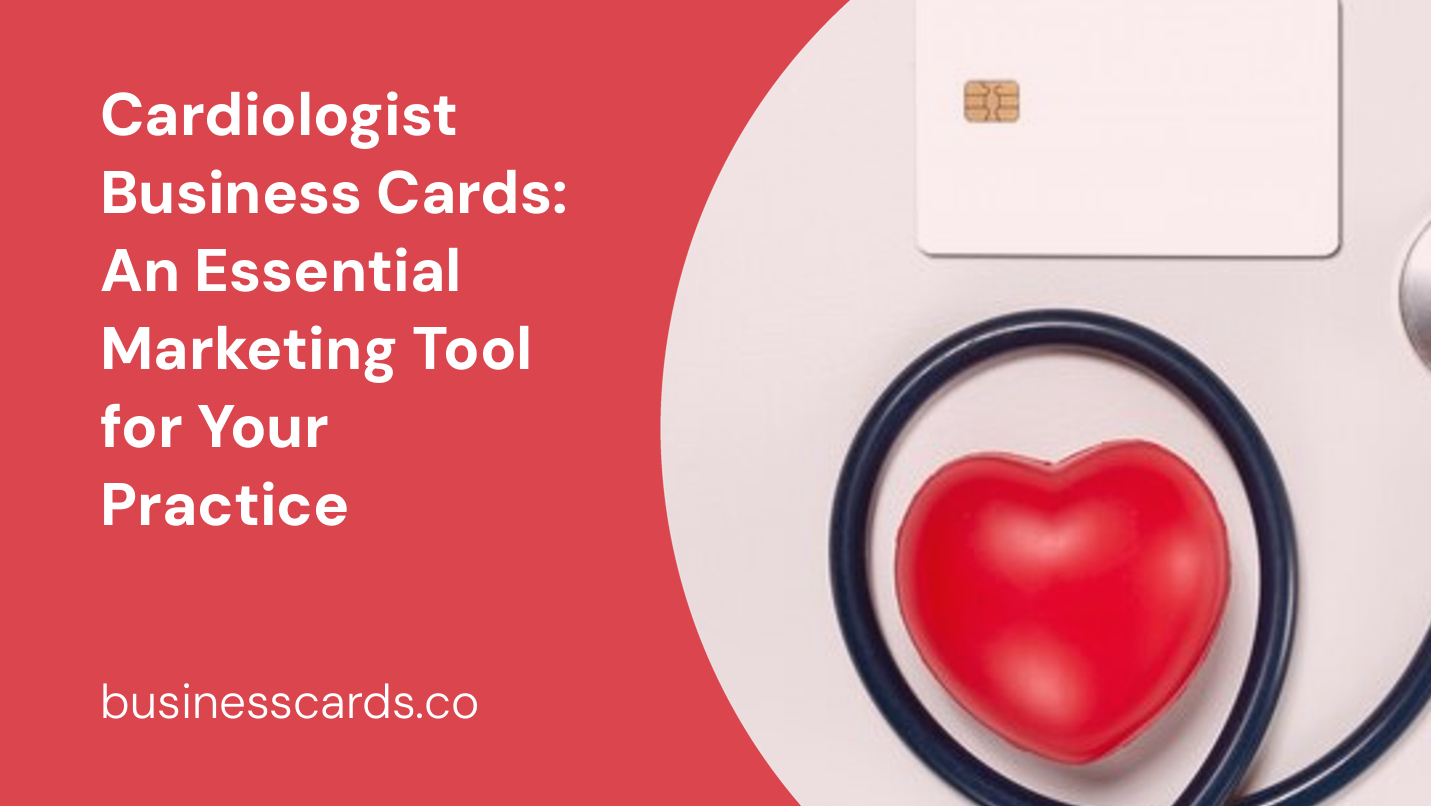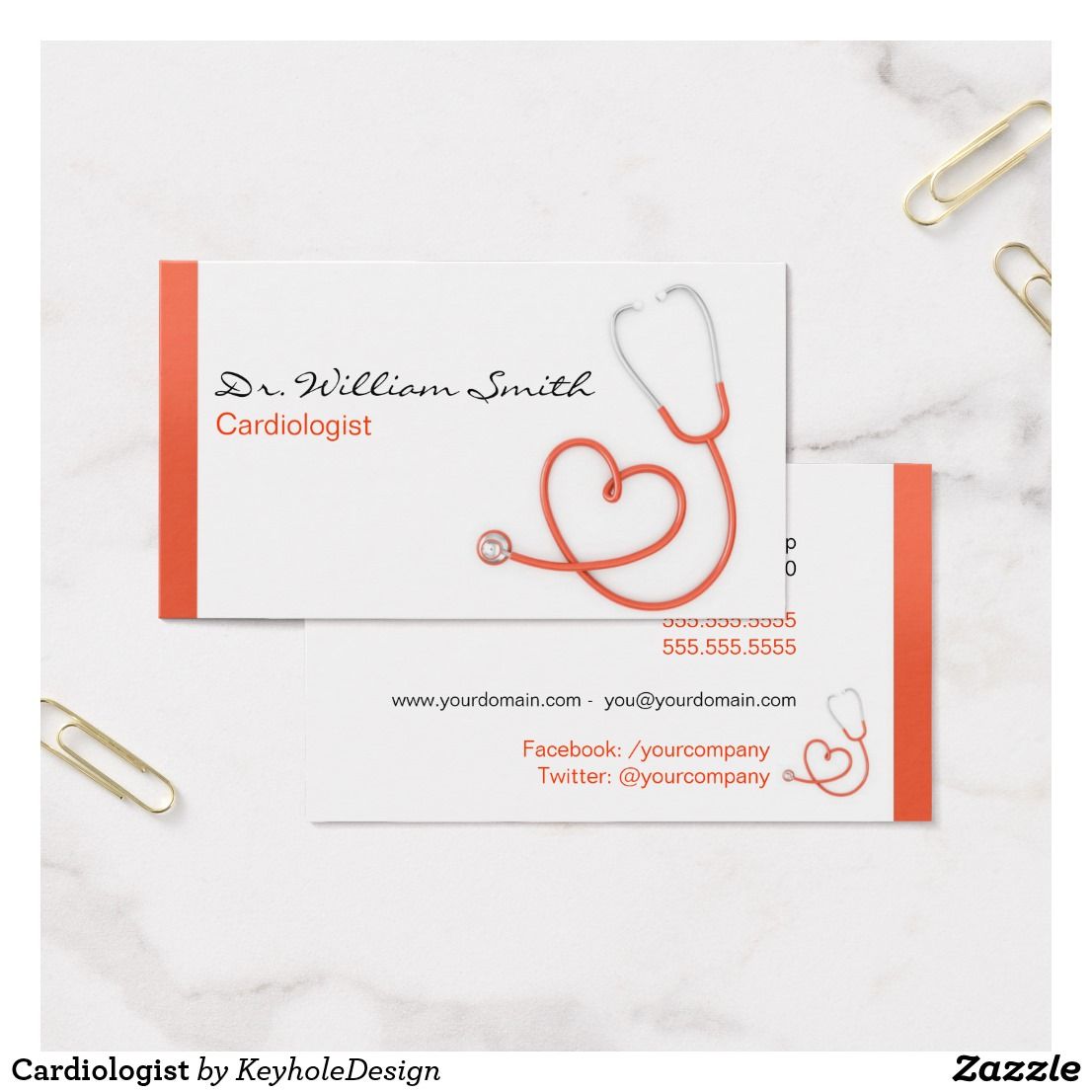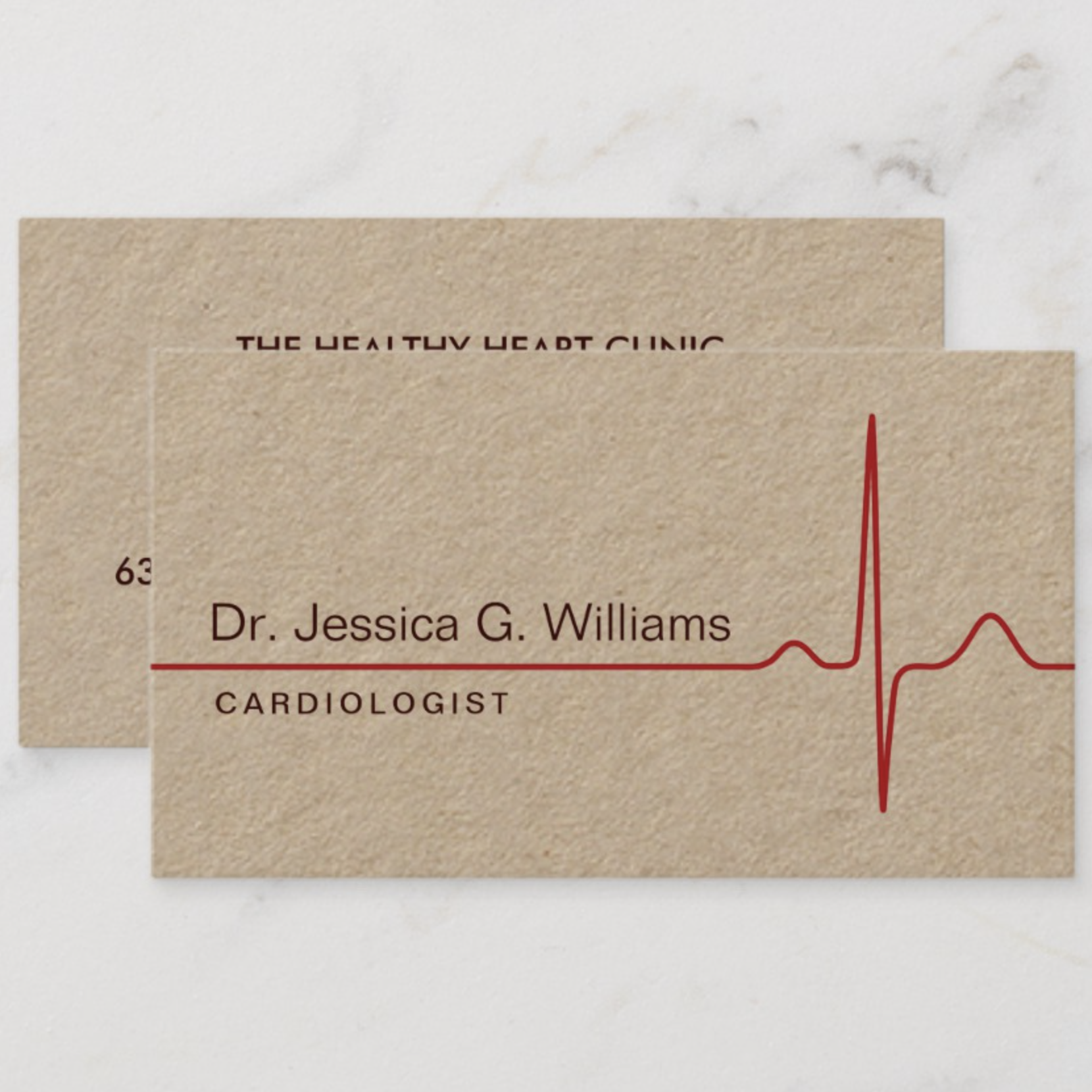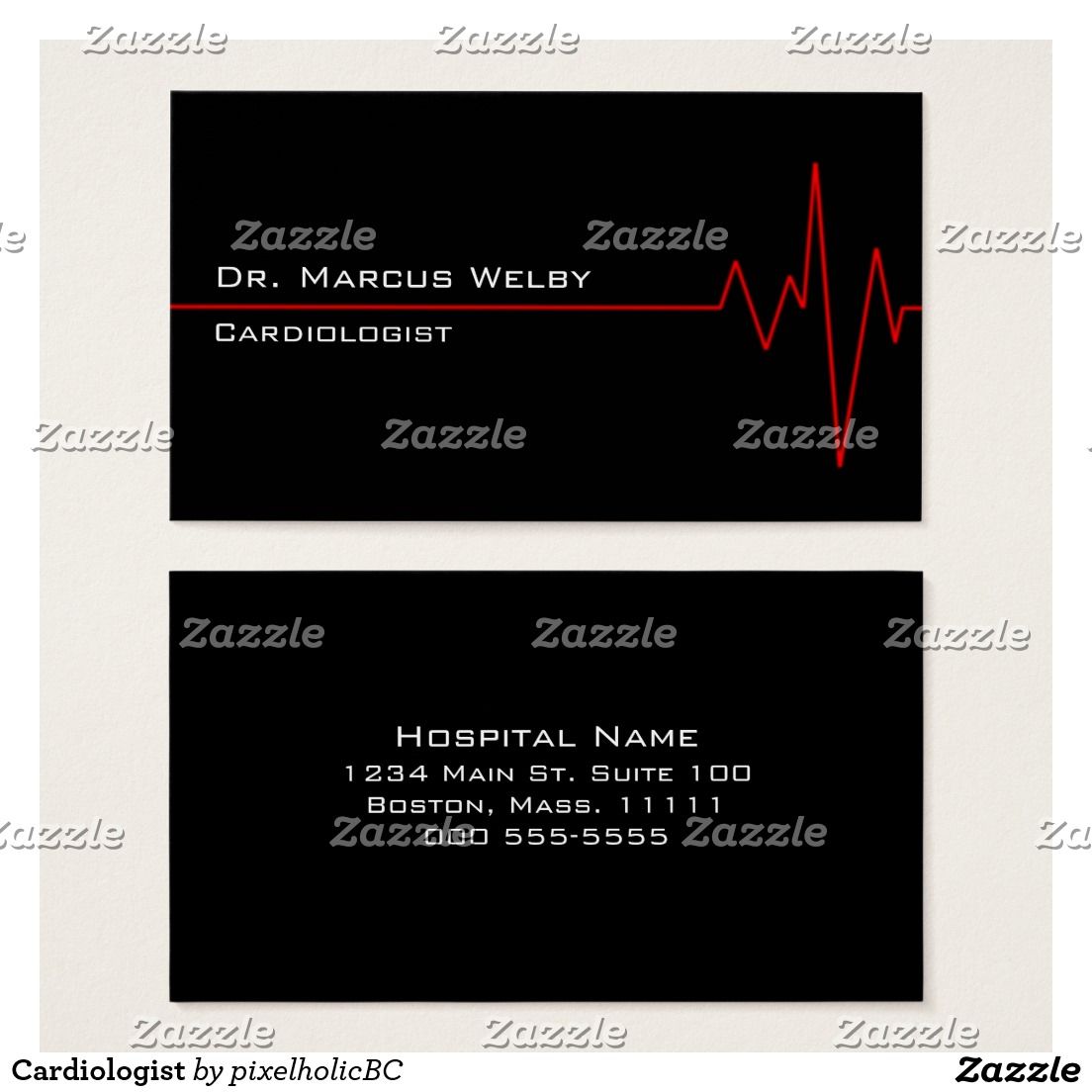
Are you a cardiologist looking for effective ways to promote your practice and stand out from the competition? In today’s digital age, it’s essential to have a strong online presence, but don’t underestimate the power of traditional marketing tools. One such tool that can leave a lasting impression on potential patients and referral sources is the humble business card. Cardiologist business cards not only provide essential contact information but also serve as a visual representation of your brand and expertise. In this article, we will explore the importance of well-designed business cards and offer tips on creating the perfect card for your cardiology practice.
The Power of First Impressions

As a cardiologist, establishing trust and credibility with your patients and colleagues is crucial. Your first interaction with potential patients often begins outside the clinic, at networking events, conferences, or even chance encounters. Providing them with a well-designed business card that showcases your professionalism and expertise is an effective way to make a lasting positive impression.
What Makes a Great Cardiologist Business Card?

1. Clear and Concise Information
Your business card should include essential contact details such as your name, practice name, title, phone number, email address, and office address. Ensure that the font size is legible and the information is easy to read, especially for older patients or those with visual impairments.
2. Reflecting Your Brand Identity
Your business card should visually represent your brand and practice. Choose a design that incorporates your logo, colors, and any unique visual elements that distinguish your cardiology practice from others. Ensure consistency by aligning the style of your business card with your practice’s website, social media profiles, and other marketing materials.
3. Professional Photography
Including a professional headshot on your business card can enhance your personal connection with potential patients. A high-quality photo portrays professionalism, trust, and approachability, breaking down any initial barriers between you and your prospective patients.
4. Strategic Use of Card Space
While it’s important to include essential contact information, consider utilizing both sides of the business card creatively. This provides an opportunity to include a concise list of your specialized cardiology services or highlight any additional certifications or accolades that set you apart from other cardiologists. However, avoid cluttering your card with too much text, as it can be overwhelming and difficult to read.
Design Tips for Creating Effective Cardiologist Business Cards
1. Choose Appropriate Card Stock and Finish
When selecting the card stock for your business cards, opt for a durable and high-quality material that reflects the professionalism you bring to your work. Consider using thicker card stock to give your business cards a luxurious feel. Additionally, choose a finish that complements your design and enhances the overall aesthetic of your card, whether it’s a matte, glossy, or textured finish.
2. Optimize Card Size and Shape
Standard business card sizes are typically 3.5 x 2 inches, but you may want to consider alternative shapes or sizes to make your card stand out. For example, a square or rounded-edge card can help differentiate your business card from the sea of rectangular cards. However, ensure that the dimensions still fit effortlessly into wallets or cardholders, making them easy to carry around.
3. Experiment with Typography
Typography plays a crucial role in cardiology business card design. Choose fonts that align with your brand identity, balancing legibility with aesthetics. Consider using a combination of fonts to create focal points and hierarchy, such as using a distinct font for your name and practice name, keeping the remaining text in a more readable font.
4. Use Color Effectively
Color psychology can greatly impact how people perceive your brand and remember your business card. As a cardiologist, incorporating shades of blue can create a sense of trust, reliability, and professionalism. Additionally, consider using complementary or contrasting colors to make key details stand out. However, be mindful of using too many colors, as it can make the card appear cluttered and overwhelming.
5. Emphasize Logo and Visual Elements
Your practice logo is a visual representation of your brand identity. Place it prominently on your business card to enhance brand recognition and recall. Additionally, consider incorporating relevant visual elements that reflect the field of cardiology, such as EKG lines, stethoscopes, or heart icons. However, use them sparingly and ensure they enhance rather than overpower the overall design.
Where to Distribute Your Business Cards

Now that you have designed your perfect cardiologist business cards, it’s time to distribute them strategically. Here are a few key places to consider:
1. Medical Conferences and Events
Medical conferences and events provide an excellent platform to network and connect with colleagues, potential patients, and referral sources. Keep a stack of business cards in your pocket to hand out when engaging in conversations or attending lectures. Proactively exchanging business cards helps foster professional relationships and ensures that attendees remember you long after the event.
2. Patient Waiting Areas and Front Desks
Ensure that your reception area is well-stocked with your business cards. Patients often inquire about additional doctors or specialists, and having your cards readily available can prompt your staff to refer your cardiology services. Additionally, consider collaborating with local primary care physicians to display your cards in their waiting areas or offices.
3. Referral Partners and Existing Patients
Existing patients and referral partners can be powerful advocates for your cardiology practice. Provide them with a stack of business cards so they can refer their friends, family, or colleagues to your practice. A personal recommendation accompanied by a business card adds a level of credibility and makes it easier for patients to share your contact information.
Conclusion

In the digital age, establishing an online presence is vital for any healthcare practice, including cardiology. However, don’t underestimate the power of traditional marketing tools such as business cards. Cardiologist business cards provide a tangible representation of your professionalism, expertise, and brand identity. By carefully designing your business cards to reflect your unique practice and distributing them strategically, you can make a lasting impression on potential patients and referral sources. So take the time to create a compelling and visually appealing cardiology business card today and unlock its potential to expand your practice and strengthen your professional network.
Samuel Anderson, a branding connoisseur, brings his knack for design and a strong marketing background to the forefront. He’s a voracious reader and enjoys delving into psychology, which he incorporates into his marketing strategies for business cards and brand development.